Hey there, welcome back to Electrified Reviews. I’m Mitch, the guy behind the camera, and what we have right here is the AiPas A2. Now, I might be pronouncing it as “AiPas,” but there’s some debate online, so let’s just roll with it for now. This is the bike I’m referring to when I say “AiPas,” even if I’m not entirely correct.
This is a compact version, not quite full-sized, featuring a front suspension and fat tires. It packs a punch with its 750-watt motor and 48-volt battery system. The bike’s folding design is evident from the aggressive angle of the downtube.
The price tag for this package sits at a cool $1,000. Of course, in marketing speak, it’s $799.99, but let’s round it up for inflation’s sake, making it a thousand dollars. Additionally, there’s an option to get the cargo package for an extra $200. This package includes a front basket, which can be easily mounted up here, and a rear basket, secured right over here with these bolts.
Before we start full testing, I can invite you to watch my full and detailed video review, where you can see how the bike handles and much more.
| Design | Foldable |
| Motor | 750W brushless Rear Motor |
| Pedal-Assist | Offering 5 levels of pedal assist and throttle |
| Gears | Shimano 7-Speed |
| Display | LCD Display |
| Frame | Step-Thru |
| Suspension | Suspension Fork |
| Battery | 48V lithium-ion 10 amp hours battery |
| Range | up to 45 miles |
| Weight | 65.7lbs |
Design and Build Quality
Starting with its design, the AiPas A2 offers a step-through frame, providing easy access for riders of all ages and mobility levels. The folding joint is situated at the top of the frame, creating a step-through height of 21 inches. This feature makes the bike approachable and user-friendly, ensuring riders can mount and dismount the bike without any hassle. While the bike might appear slightly large in online images, in reality, its dimensions offer a substantial feel. The folding mechanism is located in the middle of the frame, enabling the bike to be compactly folded for storage or transportation.
The cockpit of the AiPas A2 is well-designed and functional. A mounting point is available for accessories such as a lock, extra tube, or a water bottle cage. The clever placement of this mounting point allows for the attachment of a water bottle cage while still retaining a generous step-through space. This design consideration is beneficial, as it ensures that the step-through feature is not compromised by accessory placement. The chain guard is also present, although it only covers a portion of the chain. This guard might help prevent chain grease from reaching the rider’s clothing, but it could be improved by offering more comprehensive coverage.
Moving to the rear of the bike, the A2 features a robust rear rack. With a weight capacity of 35 kilograms, this rack provides ample support for carrying cargo or attaching accessories. The rear rack is designed with functionality in mind, offering hooks for pannier attachments and a solid structure for secure load carrying. The welds and construction of the rack are solid, though there’s room for some refinement in terms of aesthetics.
Overall, the AiPas A2 showcases a thoughtful design that prioritizes user accessibility and practicality. Its step-through frame, functional cockpit, and sturdy rear rack contribute to its versatility and utility. While there’s room for improvement in certain areas such as chain protection and aesthetic finesse, the AiPas A2 offers a solid build quality that aligns with its intended use as a folding urban bicycle.
Front and seat suspension
One of the primary attributes is the front suspension fork, equipped with a lockout and preload adjustment. While the travel distance might be relatively modest, with an estimated range of 55-65 millimeters, this feature contributes to a smoother ride. It’s noted that for riders on the heavier side, the suspension might bottom out more easily, a consideration that could affect the comfort of the ride. This observation is contrasted with the aggressive off-road tires, hinting at the bike’s versatility in handling various terrains.
The bike’s functional design extends to its tires and fenders. The tires are equipped with reflective sidewall stripes, enhancing visibility in low-light conditions, which is a noteworthy safety feature. Meanwhile, full fenders are integrated both at the front and back of the bike, providing protection from splashes and debris. The review highlights the ease of setup, noting that the bike is shipped mostly assembled, which offers a user-friendly experience. Additionally, the convenience of the bike’s setup is underscored by the straightforward process of attaching fenders and lights, catering to riders who prefer a hassle-free assembly.
Moving from the front suspension to the seat post, the review discusses the presence of a seat post suspension. While it’s acknowledged that this suspension is less sophisticated than some higher-end options, the inclusion of any suspension at this price point is considered a commendable feature. This added suspension element contributes to the bike’s overall comfort, complementing the fat tires and front suspension to deliver a smoother ride.
An assessment of the kickstand is also included. Although it’s described as basic, it’s highlighted that the kickstand functions as expected, fulfilling its primary purpose. The review acknowledges the compromises that can arise due to the bike’s price point, emphasizing that the kickstand, while simple, gets the job done without unnecessary rattling or instability.
The pedals are briefly discussed, with the review mentioning that they can be folded. However, the reviewer expresses a personal preference for wider pedals, signaling the potential for future customization based on individual rider preferences and needs. The fact that the bike’s pedals fold is noted, even though the reviewer doesn’t demonstrate this particular feature.
Handlebars and Display
It’s noted that the bike lacks a locking mechanism, which could be a valuable addition. The handles do exhibit a slight twist, a factor that can potentially become more pronounced in hotter temperatures. This observation highlights the importance of stability and comfort when gripping the handles, particularly during extended rides in various weather conditions.
The handles are equipped with end caps, which can be easily removed to accommodate accessories such as end cap mirrors. This practical addition offers a convenient customization option for riders seeking enhanced visibility and safety while navigating busy streets.
The control panel positioned on the handlebar is a crucial interface for managing the bike’s functions. Turning on the display activates an M5 display unit, a model seen on several other bikes as well. This display presents essential information including energy level, speed, pedal assist level, trip distance, and odometer readings. Notably, the pedal assist offers five levels, from zero to five. An interesting observation is that the throttle only engages when in pedal assist mode, starting from level one.
Performance-wise, the pedal assist is reported to offer a notable boost, propelling the bike forward with the assistance of the motor. However, there seems to be a discrepancy between the listed top speed of the bike (class two, up to 20 miles per hour) and the actual speed achieved during pedaling (around 25 miles per hour). This discrepancy could be attributed to various factors, including individual riding conditions or variations in the bike’s performance.
The review also touches on safety features, such as the integrated turn signals and brake lights. Activating the turn signals provides clear visual indicators to surrounding traffic, enhancing rider safety during turns. Similarly, the brake lights light up when the brakes are applied, signaling to others that the bike is slowing down or coming to a stop. This integration adds an extra layer of visibility and safety to the bike’s design.
The braking system of the bike is described as mechanical, and while it is reported to work well, the review suggests that hydraulic brakes might be a preferred choice for bikes that can reach speeds of 20 miles per hour or higher. Despite this, the mechanical brakes on the bike perform adequately, and the integration with the brake lights enhances the overall safety of the braking system.
In terms of lighting, the front light is highlighted for its brightness. Although suitable for its intended purpose, it’s suggested that a brighter light might be preferable for extensive nighttime riding.
Rear Seat
Now shifting focus to another aspect of the bike’s design, a particular detail is scrutinized: the mounting bolts. The reviewer shares an observation that these bolts might not be their preferred choice of mounting mechanism due to a slight protrusion. While this elevation isn’t overly pronounced, it’s worth noting that if flat items were to be mounted here, the bolts might pose a minor inconvenience. However, this concern might be less relevant for riders planning to use pannier bags that can easily accommodate the bolt protrusion.
For riders who wish to attach flatter accessories, a suggestion is offered: removing the bolts from this area temporarily. By safely storing the bolts elsewhere, this potential obstruction can be mitigated. This adjustment allows for more flexibility in choosing accessories that might not align well with the elevated bolts.
The review also highlights the practicality of this design consideration when opting for cargo packages. If a larger cargo package or accessory is to be secured to the mounting area, the bolts can be readily reinserted, ensuring secure attachment and reliable transport of items.
Transitioning from the discussion of mounting bolts, the attention pivots to a fundamental component of the bike: its power source. This mechanism, often referred to as the heart of an electric bike, is responsible for propelling the bike forward and offering the convenience of electric assistance.
AiPas A2: Motor and Driving Test
Now delving into the core power components of the bike, the review shines a spotlight on its impressive 750-watt motor. This robust motor serves as the driving force behind the bike’s electric propulsion, delivering a significant amount of power to enhance the riding experience.
The bike’s personality is further accentuated by its distinctive mag wheels. These mag wheels not only lend a robust and substantial appearance but also introduce a certain boldness to the overall design. While the exact reason behind their popularity remains a mystery, many are drawn to their unique appearance and the vibes they emit. Notably, the mag wheels are lauded for their durability, often considered more robust than traditional spokes. This characteristic is attributed to the elimination of the need for consistent tuning and tightening, a benefit that contributes to their long-lasting appeal.
The performance of the motor commands attention, even in initial assessments. While a comprehensive road test is imminent, the early impressions are promising. The throttle response is described as notably torquey, particularly at lower speeds, hinting at an exhilarating experience. The power curve exhibits a thrilling steeper profile compared to the norm, providing an extra burst of excitement for riders.
A standout feature is the motor’s ability to assist riders to speeds exceeding 20 miles per hour using the throttle alone. Additionally, the pedal assist mode offers five levels, granting riders the autonomy to choose their desired level of assistance. This versatility is advantageous for quickly surging forward when needed, even without manual pedaling.
A unique attribute emerges in the interaction between the throttle and pedal assist. Unlike conventional setups where the throttle typically takes precedence, this model shifts the balance. In this design, pedal assist holds sway over the throttle. Therefore, if riders engage a lower level of pedal assist, then employ the throttle to reach the 20 mph mark, once pedaling begins, the bike will adjust to the pedal-assist speed. This particular aspect is rare, offering an unconventional approach to the synergy between pedal assist and throttle modes.
The AiPas A2 is equipped with a Shimano Tourney drivetrain that offers seven speeds. This gearing setup proves to be efficient for achieving speeds of up to 20 miles per hour. However, at higher speeds, such as around 25 miles per hour, there might be some noticeable ghost pedaling. This characteristic might affect the riding experience for those aiming to maintain speeds above 20 miles per hour consistently. Nonetheless, for riders who are content with cruising at or below the 20 mph mark, the gearing setup performs well.
Battery and Range
The battery, a pivotal component of any electric bike, is conveniently lockable and removable. With a capacity of 48 volts and 10 amp hours, the battery provides a total of 480 watt-hours of power. While the range might not be extensive, it’s important to consider the bike’s price tag in relation to similar models on the market. Despite its economical nature, the AiPas A2 manages to incorporate various practical elements, offering good value for its cost.
The battery’s removable and lockable design enhances convenience for users. This feature allows for easy recharging and storage, as well as an added layer of security. With a focus on practicality and user-friendly design, the AiPas A2 ensures that the battery can be seamlessly integrated into the rider’s daily routine.
Conclusions
AiPas A2 emerges as a noteworthy contender in the realm of electric bikes, offering a blend of features, performance, and affordability that make it an enticing option for a wide range of riders. With a 750-watt motor and a 48-volt battery system, the A2 delivers a potent combination of power and range, ensuring an enjoyable and efficient ride.
The bike’s design elements contribute to its overall appeal. The front suspension fork, even with limited travel, enhances the riding experience by smoothing out bumps and providing comfort on various terrains. The inclusion of fat tires adds to the bike’s versatility, making it capable of tackling different surfaces with ease. Additionally, the mag wheels lend a distinctive aesthetic, offering a bold and robust appearance.
The 48-volt, 10 amp-hour battery offers a relatively modest range of power, which might not be sufficient for riders seeking extended journeys without frequent recharging. Also, The unique interaction between throttle and pedal assist modes, where pedal assist overrides the throttle at times, could be confusing or inconvenient for riders accustomed to different systems.
The A2’s performance on the road is marked by torquey throttle response, catering to those who seek quick acceleration. The interaction between pedal assist and throttle modes, while unique, might require some adjustment for riders accustomed to conventional setups. However, the overall power curve and speed capabilities provide an enjoyable riding experience.
In essence, the AiPas represents a well-rounded electric bike that manages to balance performance, features, and affordability. Its strengths lie in its versatile design, practical inclusions, and the capacity to provide an enjoyable ride for both beginners and experienced riders. As with any bike, individual preferences and priorities will influence the decision, but the AiPas A2 certainly merits consideration as a valuable addition to the electric bike market.

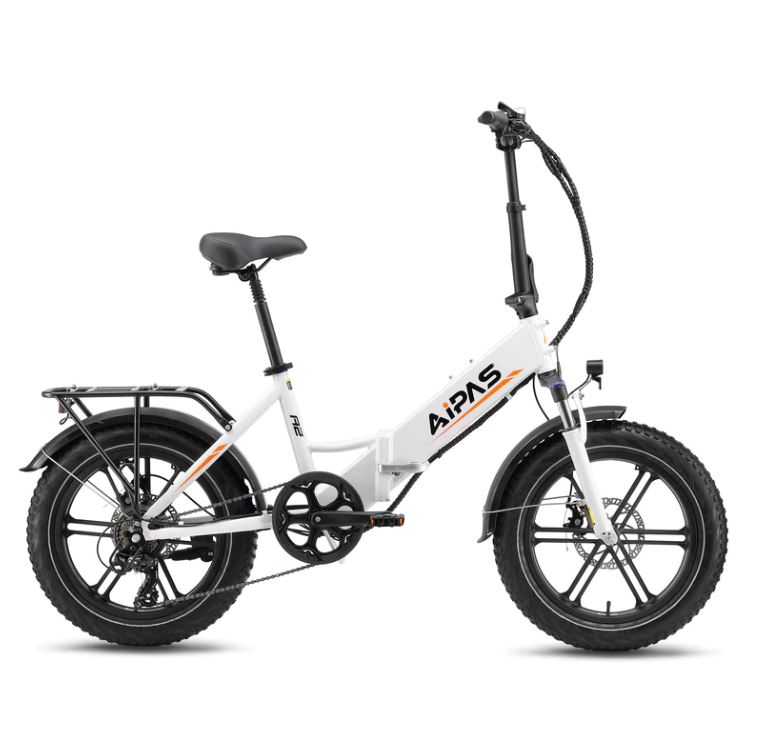
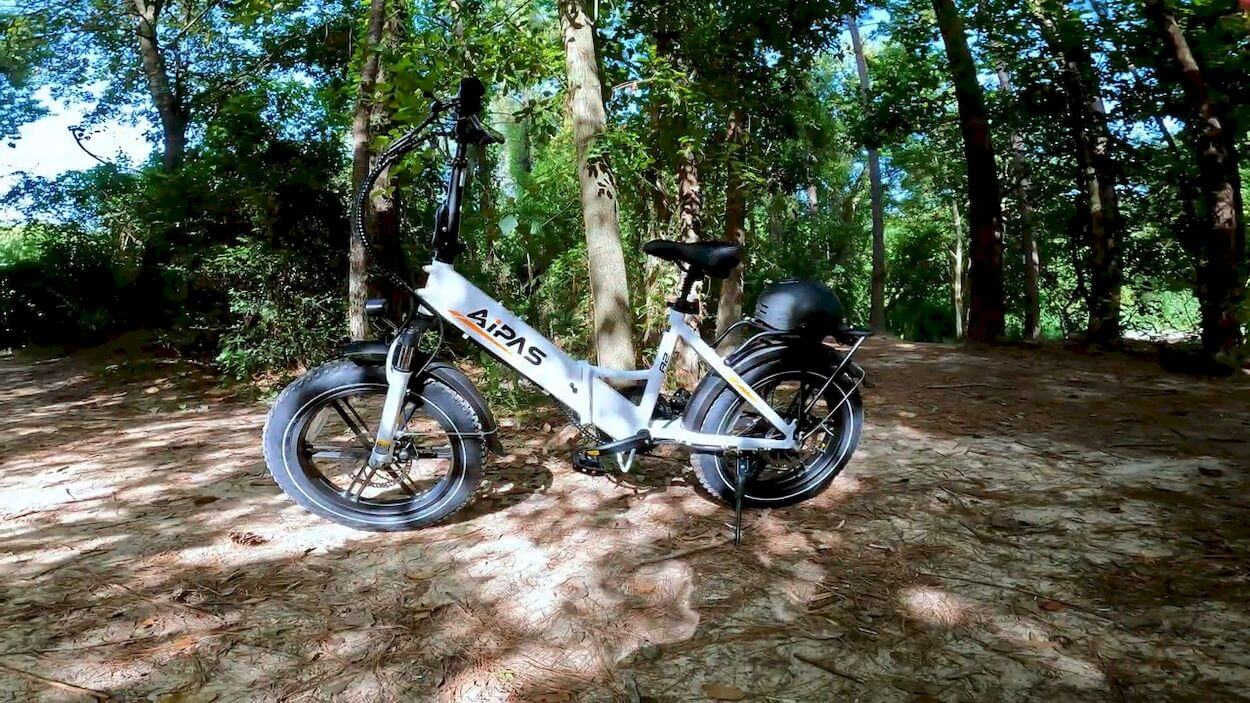
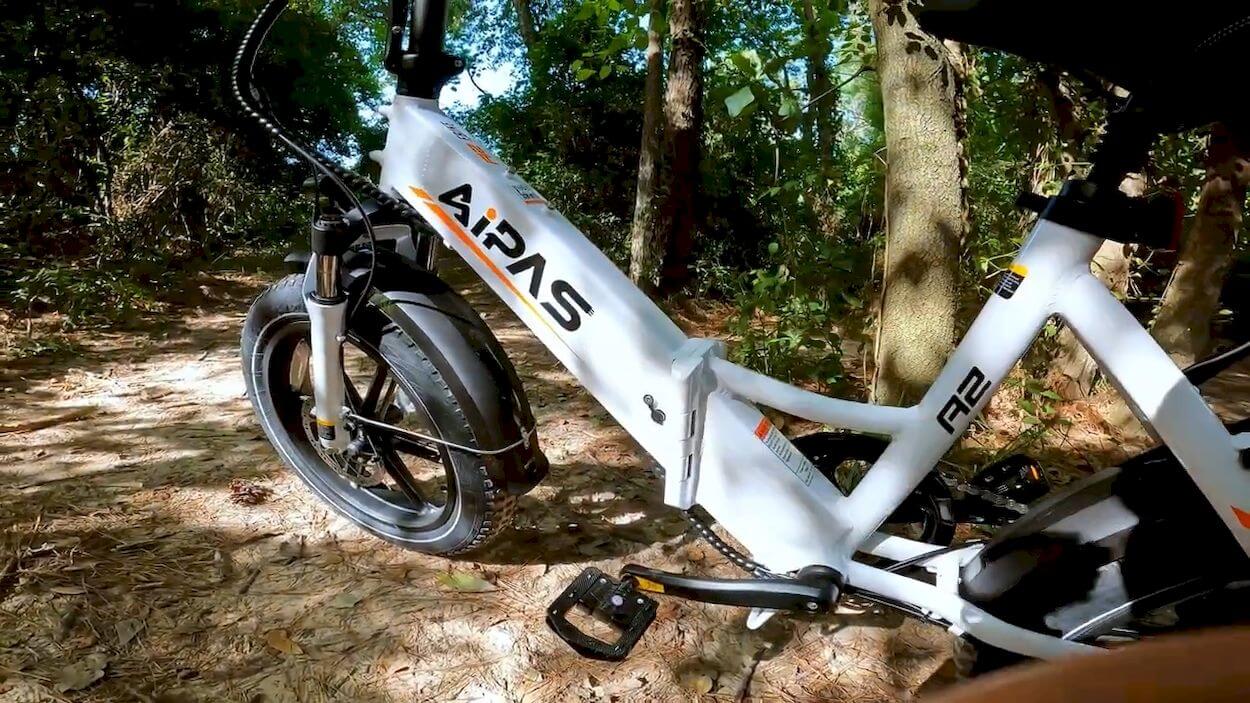
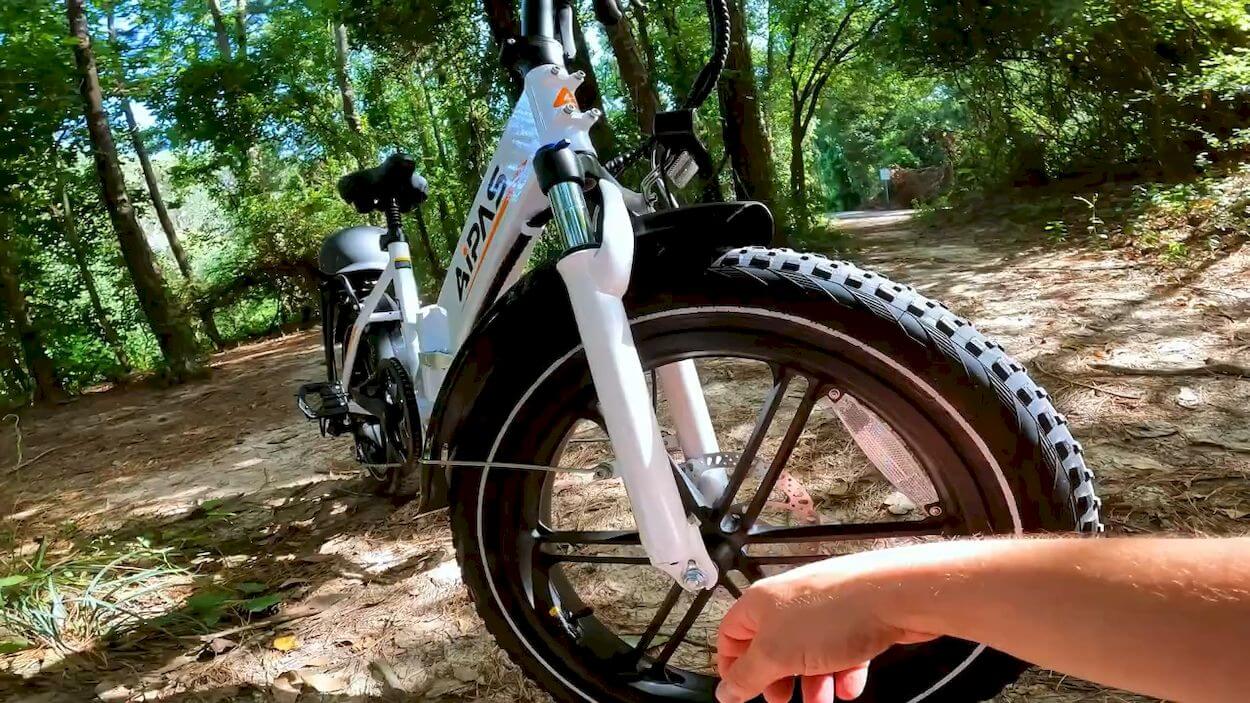
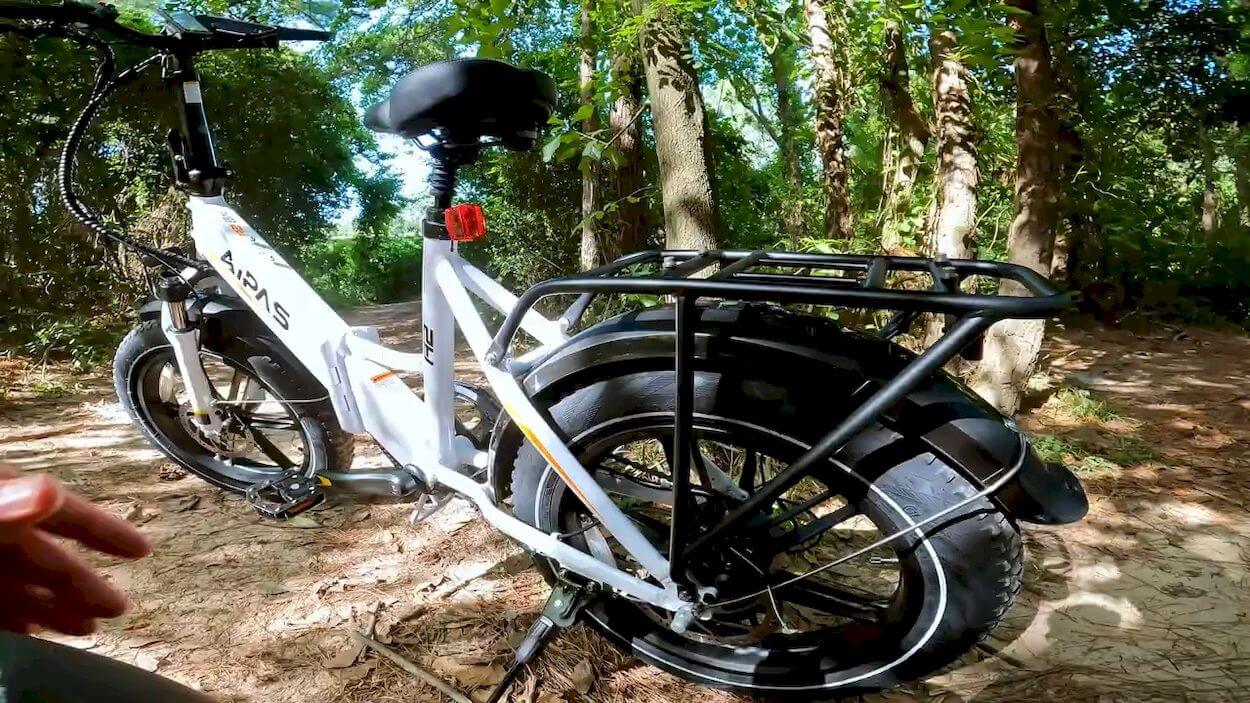


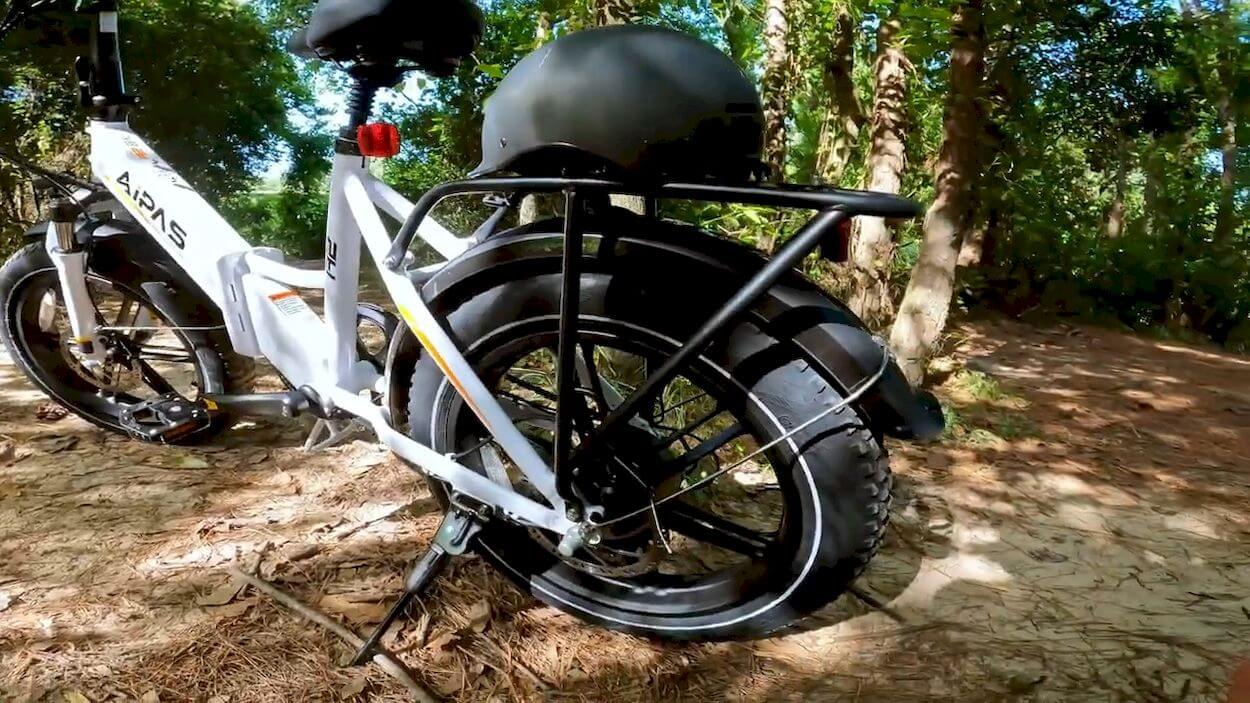








Can replacement generic batteries be purchased that will fit the AIPAS?